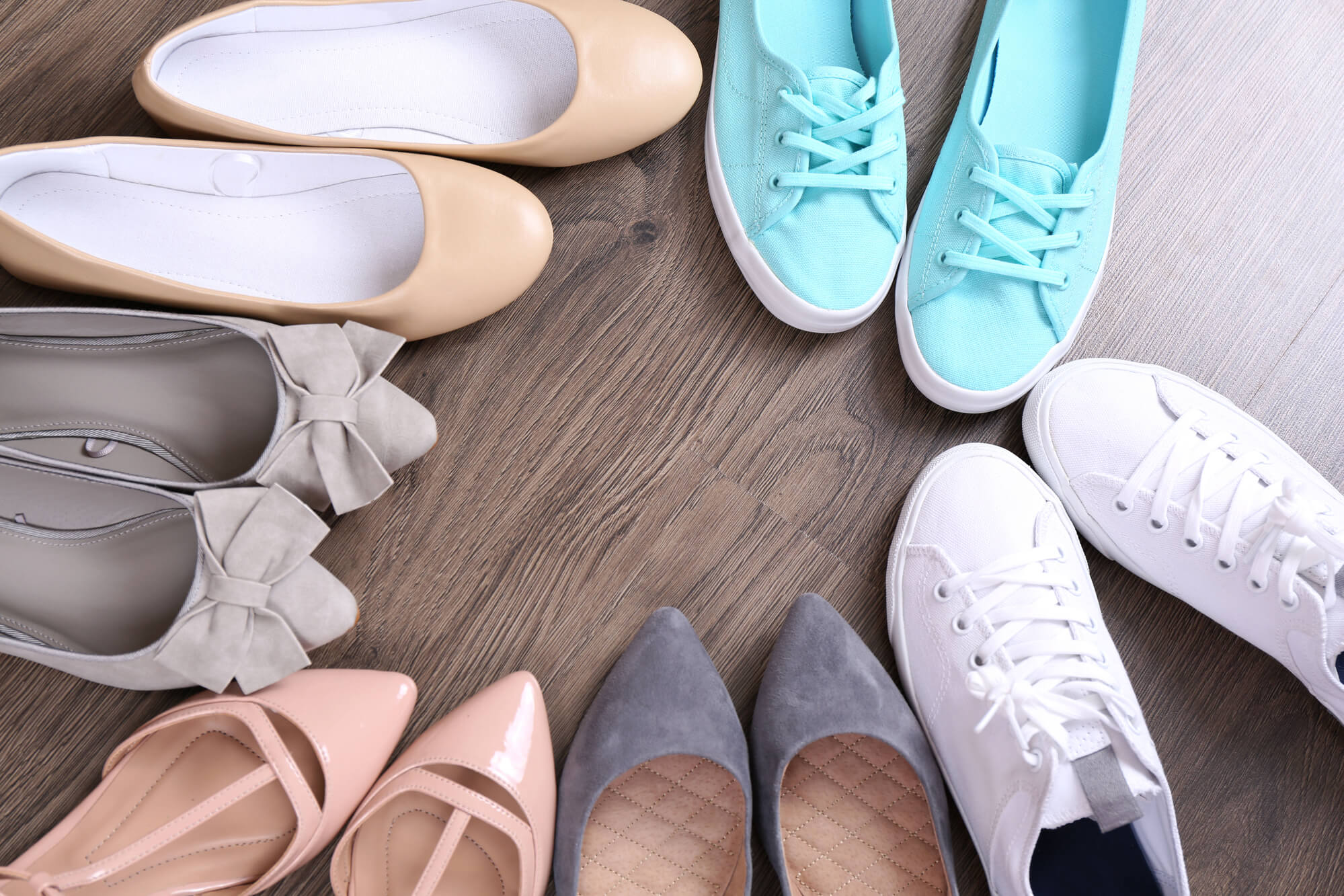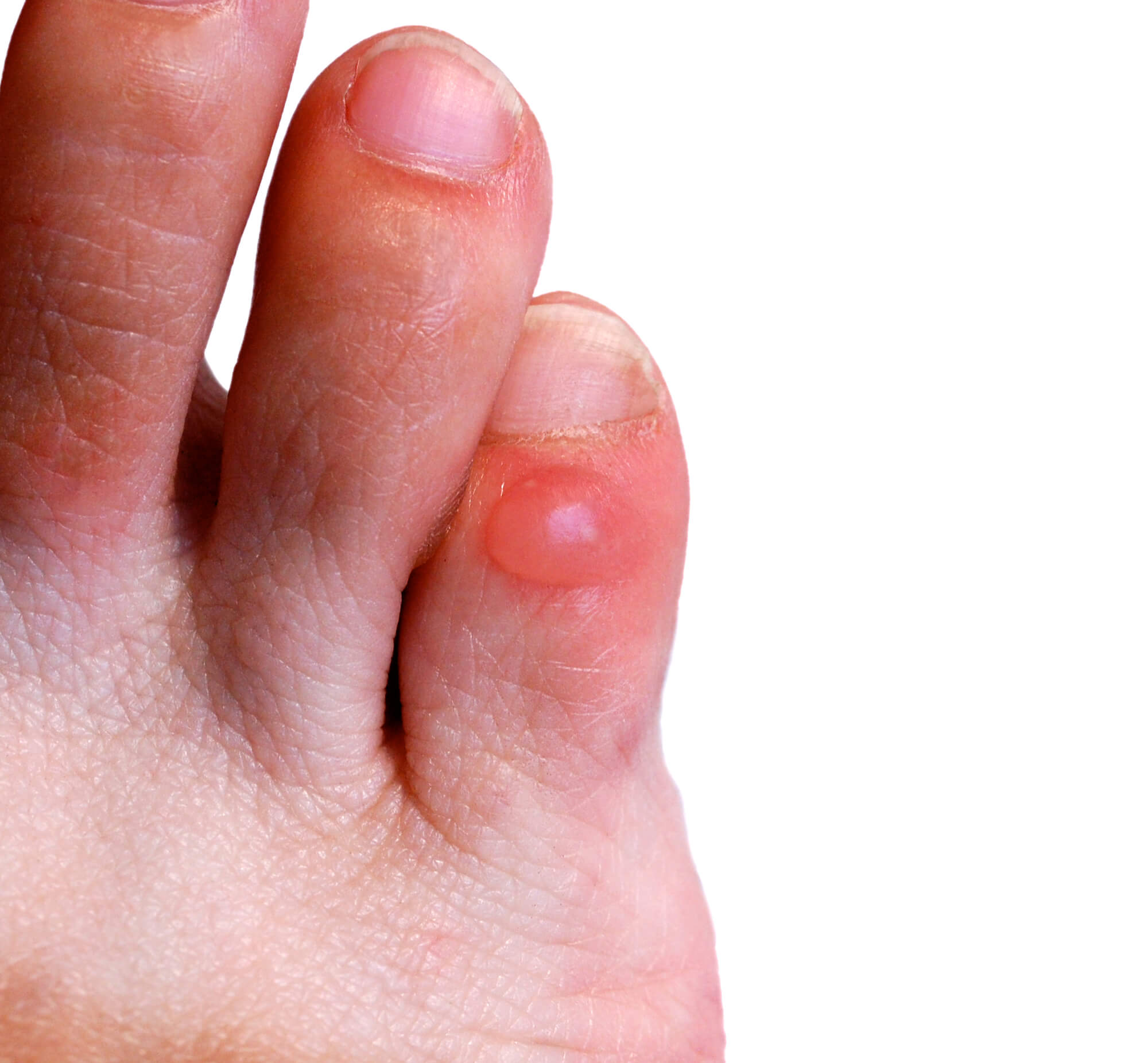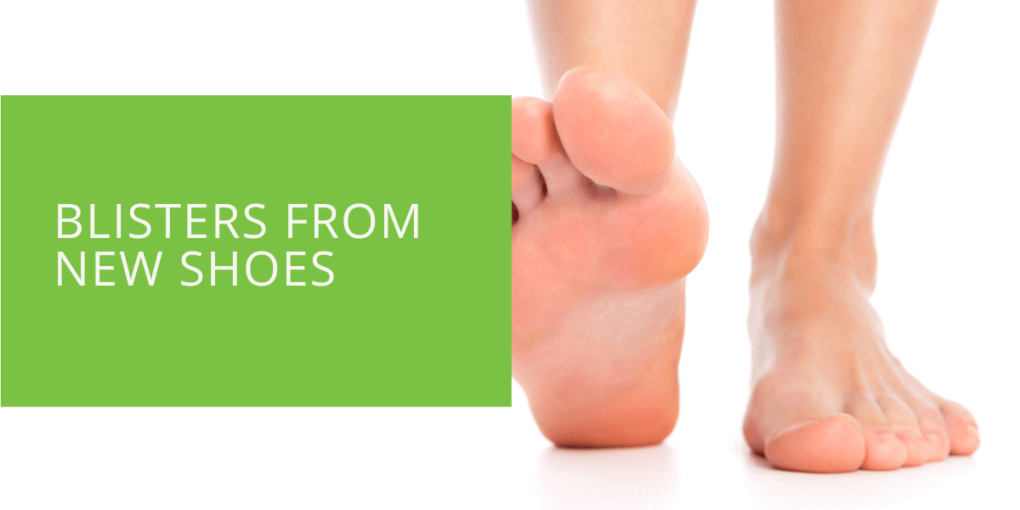Dealing with Blisters from New Shoes
New shoes can be a source of excitement and pain. While they promise style and comfort, they often bring the unwelcome companion of blisters. These pesky pockets of fluid can turn your joy into agony, leaving you hobbling instead of striding confidently. But fear not! With the right knowledge and strategies, you can prevent and treat blisters, ensuring your feet stay happy and healthy.
Key Takeaways
- Properly fitting shoes made from breathable materials can help prevent blisters from forming.
- Avoid wearing new shoes for extended periods initially to allow your feet to adjust and minimize friction.
- Regularly inspect your footwear, keep your feet clean and moisturized, and seek professional advice if experiencing persistent foot problems.
Understanding Blisters
What Causes Blisters from New Shoes?
Blisters occur when friction or pressure causes the top layer of skin to separate from the underlying layers. New shoes, especially if not properly fitted or broken, can rub against your skin, leading to friction and blisters.
Anatomy of a Blister: How It Forms
When friction occurs, the body's natural response is to protect the skin by producing fluid between the layers. This fluid-filled sac, known as a blister, cushions the affected area and allows the skin to heal.
Identifying Common Areas of Blister Formation
Blisters tend to form in areas where there's repetitive friction or pressure. With new shoes, common trouble spots include the heel, back of the heel, and areas where the shoe rubs against the toes or sides of the foot.
Prevention Techniques
Choosing the Right Shoes to Prevent Blisters
The first step in blister prevention is selecting the right pair of shoes. Ensure they're the correct size and provide enough room for your toes. Opt for shoes made from breathable materials that conform to the shape of your feet without causing excessive friction.
Importance of Proper Socks: A Barrier Against Blisters
Don't underestimate the power of good socks! Choose moisture-wicking socks that provide cushioning and reduce friction. Avoid cotton socks, as they tend to retain moisture, increasing the risk of blisters.
Using Blister Cushions and Insoles for Added Protection
For extra protection, consider using blister cushions or insoles. These products provide an additional layer of padding between your foot and the shoe, reducing friction and preventing blister formation.

Tips for Breaking in New Shoes
Gradual Wear: The Key to Avoiding Blisters
When you get a new pair of shoes, resist the urge to wear them all day right away. Instead, gradually break them in by wearing them for short periods initially, then gradually increasing the duration as your feet adjust.
Targeting Problem Areas: Focus on the Heel and Back of the Heel
If you know certain areas of your feet are prone to blisters, take proactive measures. Apply moleskin or padding to these areas before wearing your new shoes to reduce friction and prevent blister formation.
Using Bandages and Protective Measures During the Break-In Period
For particularly stubborn areas, such as the back of the heel, consider using adhesive bandages or tape to provide extra protection. Applying petroleum jelly can also help reduce friction and provide a barrier between your skin and the shoe.
Treatment and Management
How to Treat Blisters from New Shoes
If you end up with a blister, resist the temptation to pop it. Instead, clean the area with soap and water, apply an antiseptic ointment, and cover it with a sterile bandage to prevent infection.
Proper Bandaging Techniques for Blister Relief
When bandaging a blister, use proper techniques to avoid further irritation. Use a non-stick pad to cover the blister, then secure it with adhesive tape or a bandage.
Rest and Recovery: Allowing Blisters to Heal Naturally
While it may be tempting to continue wearing your new shoes, give your feet time to heal. Avoid activities that pressure the blistered area and opt for comfortable, well-fitting shoes until the blister has healed completely.

Long-Term Strategies for Foot Health
Choosing the Right Footwear: Beyond Just New Shoes
Investing in quality footwear is essential for overall foot health. Look for shoes that provide adequate support and cushioning, especially if prone to blisters or other foot problems.
Knowing When It's Time to Replace Old Shoes
Even the best shoes have a limited lifespan. Inspect your shoes regularly for signs of wear and tear, such as worn-out soles or stretched-out uppers. When in doubt, it's better to replace them sooner rather than later to prevent foot issues.
Incorporating Foot Care Practices into Your Routine
In addition to proper footwear, prioritize foot care in your daily routine. Keep your feet moisturized, trim your toenails regularly, and perform gentle stretches to maintain flexibility and prevent injuries.
Conclusion
We hope this comprehensive guide has equipped you with the knowledge and strategies to tackle blisters from new shoes effectively. By choosing the right footwear, practicing proper foot care, and taking proactive measures to prevent and treat blisters, you can keep your feet happy and healthy for years. If you're experiencing persistent foot problems or need personalized advice, don't hesitate to schedule an appointment with ePodiatrists. Your feet deserve the best care possible!

